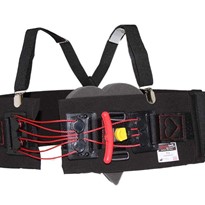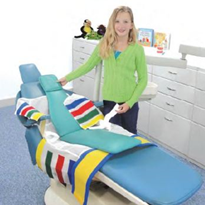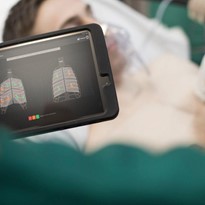Seeing the body plethysmograph, she knew she would be placed into this box. Self-conscious about her size and somewhat claustrophobic, this wasn’t her first time having to do this test. She knew it’d be a long and uncomfortable 45 minutes.
Beth’s discomfort is common when it comes to Pulmonary Function Testing. Spirometry is tough enough for the patient to perform the Forced Vital Capacity (FVC) with maximum effort. But Lung Volume Measurements (LVM) are problematic for both patient and technologist.
Body Plethysmography – Not so simple
For body plethysmography measurements, the patient has to sit in a cabin for at least 1 minute for thermal equilibration. Then the measurement begins with tidal breathing.
At a certain point the patient will be asked to begin panting small puffs of air in and out at a rate of 30-60 breaths per minute. After several of these “panting” maneuvers, the breathing valve will close and this controlled “panting” must continue for approximately four seconds for determination of thoracic gas volume.
When this test is performed correctly, there’s minimal turn-in volume and tangent artifact, giving an accurate determination of functional residual capacity. However, many times this is not the case. It is common for the patient to struggle with “panting” without airflow and it is also common for the technologist to not recognize drift, artifact, and large turn-in volumes being applied to the body plethysmography effort.
The MiniBox+ makes it so much easier
Technology allows us to improve the experience for patients.
Why have them climb into a body cabin and have them perform a maneuver with specific amplitude and frequency, and then close off their airflow?
PulmOne’s unique LVM system, the MiniBox+, does not require a large body plethysmograph or a “closing off” of the patient’s airflow. And it does not require a specific “panting” maneuver.
With the desktop MiniBox+ PFT device, the patient sits comfortably in a chair and performs normal tidal breathing during the measurement. Using several 100 msec interruptions, the system obtains a number of mouth pressure measurements with which it implements a slow vital capacity, and LVM is complete – all in ~90 seconds.
No cabin to climb into, no claustrophobia or size limitations, no difficult coaching situations.
The MiniBox+ makes LVM easier for both patient and technologist, improving “customer service” for the pulmonary function testing world.



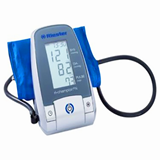







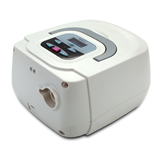

-160x160-state_article-rel-cat.png)


